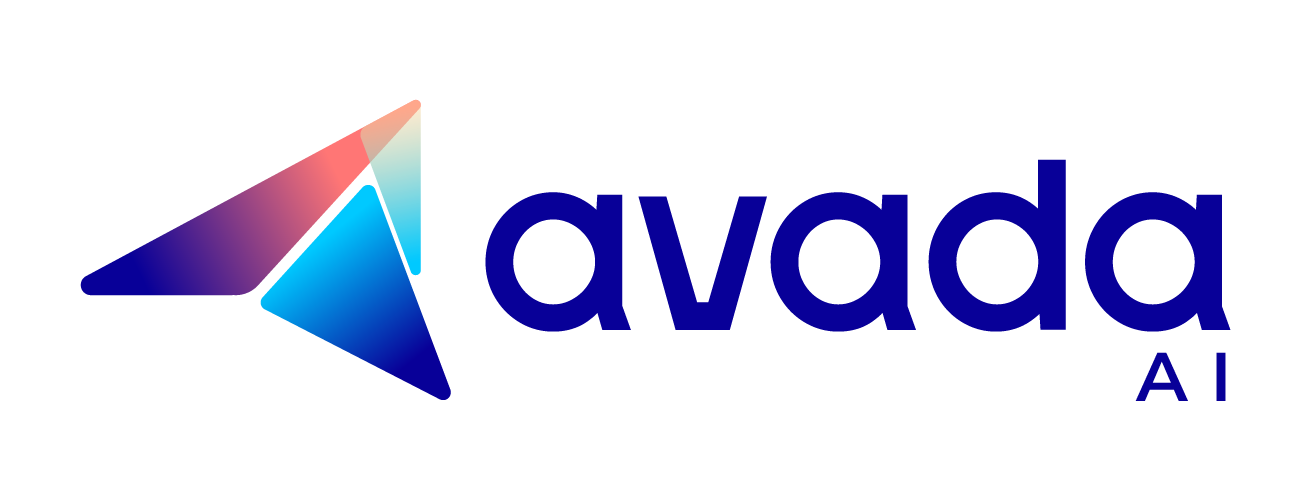How To Reverse Prompt Engineering With ChatGPT | 2024 Guide
Are you curious about unlocking the hidden potential of ChatGPT to enhance the quality of the responses you receive? Let’s join us in discovering the art of reverse prompt engineering, a powerful technique that allows you to craft precise prompts and get the exact responses you desire from ChatGPT.

- Reverse prompt engineering with ChatGPT is a versatile technique that transforms high-quality existing texts into customizable prompts, enhancing content creation across various domains.
What is Reverse Prompt Engineering with ChatGPT?
Reverse prompt engineering is an exciting area that uses a large language model like ChatGPT. It involves analyzing well-crafted responses or desired outputs and working backward to deduce the specific prompts that generated them. This helps users understand how prompts and their resulting texts are connected, which can improve how well text generation models work.
For instance, to explain it simply, imagine watching a magician pull a rabbit from a hat at a magic show. Reverse prompt engineering is like asking the magician to reveal how they managed to do the trick, exposing the steps involved.
How to Reverse Prompt Engineering with ChatGPT?
The process of reverse prompt engineering with ChatGPT can be broken down into clear steps:
Step 1: Model Priming
Begin by setting up ChatGPT for the task. You do this by giving specific instructions, which helps the AI detection model prepare for your required responses.
For example, I say to ChatGPT as below:

ChatGPT will suggest you give it text for its reverse prompt process.
Step 2: Starting Text Selection
Select a text that reflects the kind of content you want to generate. This could be a blog post or even a snippet of code. Copy this text into the chat where you have already set up the model specializes. This selection is crucial as it guides the prompts you aim to create.
In this case, I want to know more about liquid chocolate manufacture, I say:

ChatGPT will return a prompt:

Step 3: Reverse Prompt Generation
After the premium model is set with the starting generated text, submit it to create a reverse prompt. ChatGPT will then provide a basic prompt structure, such as “Write a sentence about going to the store and buying something.” This serves as a foundational guide for crafting a more specific prompt.
Step 4: Reverse Prompt Revision
To tailor the prompt for various contexts, rewrite it to include placeholders where specific details can be inserted. For example, change “Write a sentence about going to the store and buying something” to “Write a sentence about [action] and [result].” This customization makes the prompt adaptable to different scenarios.

Step 5: Prompt Testing
To evaluate the new prompt, use it in a fresh ChatGPT session. Insert specific actions, results, tones, and human writing styles as directed by the placeholders in your prompt. Then, submit it to see the type of content it generates. This testing phase is crucial to understand how well your prompt works.
Step 6: Prompt Iteration
To perfect your ChatGPT prompts, analyze successful outputs and refine your inputs based on what worked. You can repeat this process until you consistently get the desired results.
Use Cases of Reverse Prompt Engineering with ChatGPT
Here are some practical examples of how reverse prompt engineering can be used in various situations:
Example 1: Reverse Engineering Complex Concepts
This prompt can then help generate explanations for various complex topics. For example, I want to understand a term in economy, I say:

Example 2: Reverse-Prompt Engineering Templates
This template can assist in generating numerous code-related texts. Now I ask ChatGPT to create a prompt as:


Example 3: Reverse Engineering Product Descriptions
This prompt can be used to create various engaging product descriptions. The example below is an iPod description for the product advertisement:

Example 4: Blog Post Creation
This approach allows you to generate content of similar quality on various topics consistently. Here is an example of a blog post:

Example 5: Creative Writing
By reverse engineering a story for children, you can create a prompt such as:

Apply these platforms completely free on the ChatGPT platform to support your content writing tasks on a Google Doc/ Word file at ease, with the best results generated from those inputs.
Example 6: Generate blog post
For bloggers or content creators, reverse prompt engineering can transform how you produce content. By using a well-crafted blog post, such as one about “The Benefits of Smoothies,” you can create a prompt like:

Example 7: Generate code snippet
Developers can also use this technique to create code snippets. For example, from a Python code snippet that sorts a list, you could develop a prompt:

Example 8: Generate product description
In marketing or sales, reverse prompt engineering helps generate product descriptions. From an adequate description of a smartphone, you could craft a prompt:

Final thought
If you are tired of mediocre ChatGPT responses, now is the time to uncover the secret weapon of reverse prompt engineering to transform your interactions into a powerhouse of tailored, high-quality content.
FAQs
What is reverse prompt engineering?
How can I use reverse prompt engineering in my content creation process?
Can reverse prompt engineering be used with any text generation model?

ChatGPT’s Second Anniversary

How to Use Kayak ChatGPT Plugin to Plan Your Trip

